Filter by
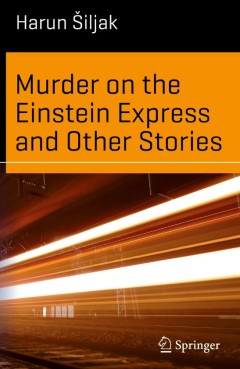
Murder on the Einstein Express and Other Stories
This collection of stories touches upon many genres: Normed Trek is a clever and witty Alice-in-Wonderland-type narrative set in the realm of mathematical analysis, The Cantor Trilogy is a dystopia about the consequences of relying upon computer-based mathematical proofs, In Search of Future Time bears the flavor of Tales from Arabian Nights set in the future, and – last but not least - Murde…
- Edition
- 1
- ISBN/ISSN
- 978-3-319-29065-2
- Collation
- VII, 79
- Series Title
- Science and Fiction
- Call Number
- -
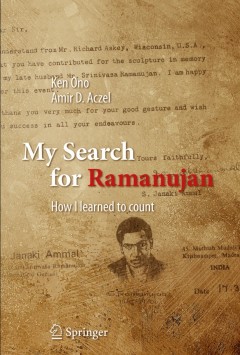
My Search for Ramanujan:How I Learned to Count
The son of a prominent Japanese mathematician who came to the United States after World War II, Ken Ono was raised on a diet of high expectations and little praise. Rebelling against his pressure-cooker of a life, Ken determined to drop out of high school to follow his own path. To obtain his father’s approval, he invoked the biography of the famous Indian mathematical prodigy Srinivasa Raman…
- Edition
- 1
- ISBN/ISSN
- 978-3-319-25566-8
- Collation
- XVI, 238
- Series Title
- -
- Call Number
- -
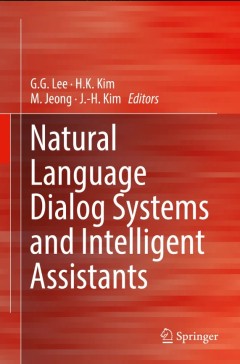
Natural Language Dialog Systems and Intelligent Assistants
This book covers state-of-the-art topics on the practical implementation of Spoken Dialog Systems and intelligent assistants in everyday applications. It presents scientific achievements in language processing that result in the development of successful applications and addresses general issues regarding the advances in Spoken Dialog Systems with applications in robotics, knowledge access and …
- Edition
- 1
- ISBN/ISSN
- 978-3-319-19291-8
- Collation
- X, 275
- Series Title
- -
- Call Number
- -
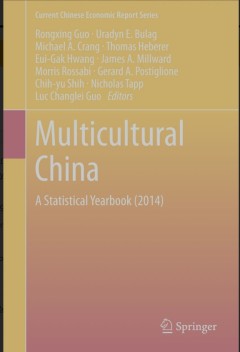
Multicultural China
With its easy-to-use format, this book provides a collection of annual data on China’s 56 ethnic groups. It is a resource book that profiles the demography, employment and wages, livelihood, agriculture, industry, education, science and technology, culture, sports, and public health for each of these ethnic groups. This material, which is compiled from a variety of sources, will be of great v…
- Edition
- 1
- ISBN/ISSN
- 2194-7937
- Collation
- XIX, 434
- Series Title
- Current Chinese Economic Report Series
- Call Number
- -

Encyclopedia of Distances
This 4-th edition of the leading reference volume on distance metrics is characterized by updated and rewritten sections on some items suggested by experts and readers, as well a general streamlining of content and the addition of essential new topics. Though the structure remains unchanged, the new edition also explores recent advances in the use of distances and metrics for e.g. generalized d…
- Edition
- -
- ISBN/ISSN
- 978-3-662-52844-0
- Collation
- 2 b/w illustrations
- Series Title
- -
- Call Number
- -
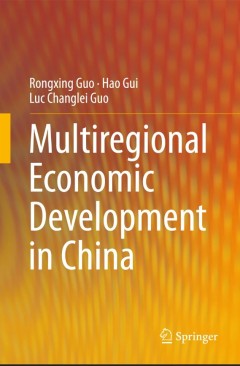
Multiregional Economic Development in China
This book provides, in an easy-to-use format, an extensive collection of data and information on China’s 31 provinces and its interprovincial economic linkages. Intended as a comprehensive resource book, it profiles the geography, demography, and economy for each province. The materials presented, which are gathered from a variety of sources, including many not easily found in English-languag…
- Edition
- 1
- ISBN/ISSN
- 978-3-662-46619-3
- Collation
- XV, 528
- Series Title
- -
- Call Number
- -
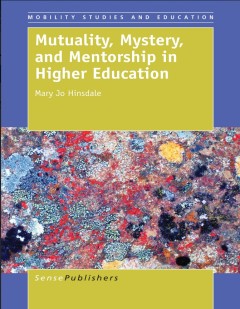
Mutuality, Mystery, and Mentorship in Higher Education
This book is for higher education faculty and staff who wish to deepen their approach to mentoring all students, but it is especially concerned with “outsider” students – those who come from groups that were long excluded from higher education, and who have been marginalized and minoritized by society and academia. Mentoring is difficult work for an abundance of reasons, and – given hig…
- Edition
- 1
- ISBN/ISSN
- 978-94-6209-995-1
- Collation
- XX, 172
- Series Title
- Mobility Studies and Education
- Call Number
- -

Multimodal Pattern Recognition of Social Signals in Human-Computer-Interaction
This book constitutes the thoroughly refereed post-workshop proceedings of the Third IAPR TC3 Workshop on Pattern Recognition of Social Signals in Human-Computer-Interaction, MPRSS 2014, held in Stockholm, Sweden, in August 2014, as a satellite event of the International Conference on Pattern Recognition, ICPR 2014. The 14 revised papers presented focus on pattern recognition, machine learning …
- Edition
- 1
- ISBN/ISSN
- 978-3-319-14898-4
- Collation
- VIII, 145
- Series Title
- Lecture Notes in Computer Science
- Call Number
- -

Encyclopedia of Computational Neuroscience
The annual Computational Neuroscience Meeting (CNS) began in 1990 as a small workshop called Analysis and Modeling of Neural Systems. The goal of the workshop was to explore the boundary between neuroscience and computation. Riding on the success of several seminal papers, physicists had made "Neural Networks" fashionable, and soon the quantitative methods used in these abstract model networks …
- Edition
- -
- ISBN/ISSN
- 978-1-4614-6675-8
- Collation
- 340 b/w illustrations, 769 illustrations in colour
- Series Title
- -
- Call Number
- -

Natural Killer Cells
To celebrate the 40th anniversary of the discovery of Natural Killer (NK) cells, this volume focuses on the recent advances in our understanding of NK cell development and differentiation and their acquisition of functional properties, as well as the latest models for NK-cell analysis in mice and applications in clinical medicine. NK cells have travelled a circuitous path from their initial des…
- Edition
- 1
- ISBN/ISSN
- 978-3-319-79554-6
- Collation
- VIII, 247
- Series Title
- Current Topics in Microbiology and Immunology
- Call Number
- -
 Computer Science, Information & General Works
Computer Science, Information & General Works  Philosophy & Psychology
Philosophy & Psychology  Religion
Religion  Social Sciences
Social Sciences  Language
Language  Pure Science
Pure Science  Applied Sciences
Applied Sciences  Art & Recreation
Art & Recreation  Literature
Literature  History & Geography
History & Geography